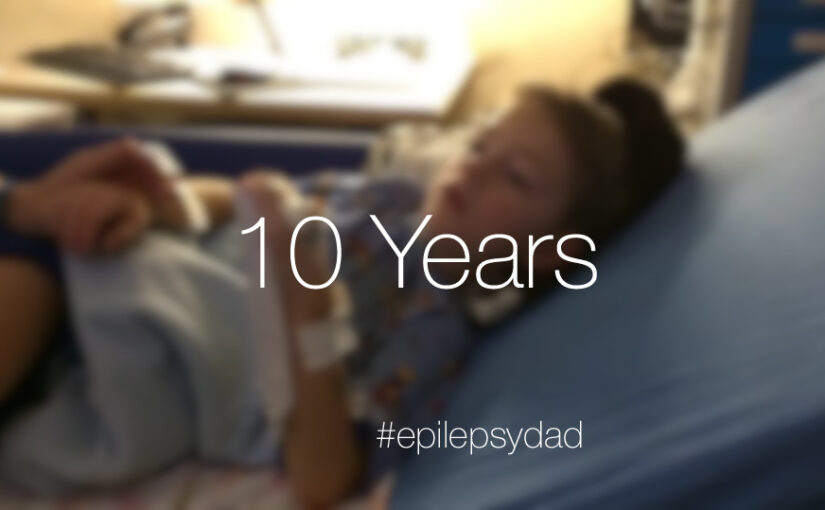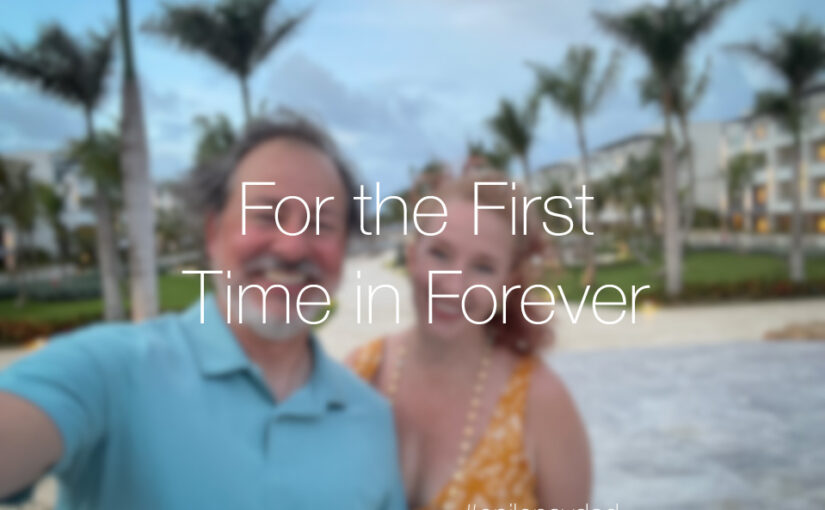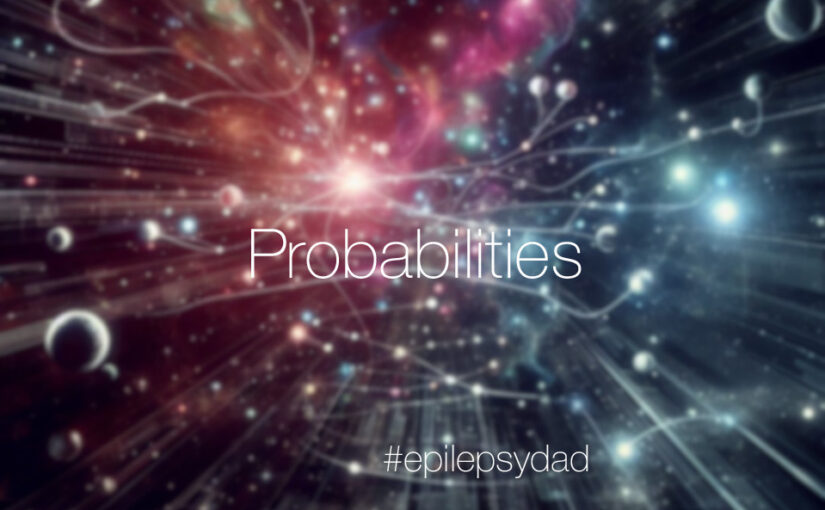We’re coming up on the 10th anniversary of our son’s first seizure.
When he was nine years old, we marked the milestone of half of his life being with seizures and half of his life being without seizures. Now, he has lived more than 2/3 of his life so far with seizures. We barely remember a time before.
When his seizures first started, there were times when we didn’t think we would see another day, never mind another year. The first few years were filled with countless emergency room visits, long hospital stays, extensive therapies, medications, related side effects, special diets, and surgery. Our son was broken down into his basic parts but stayed intact through the love and support of the people around us.
The next few years were about staying afloat, with a pandemic mixed in because things weren’t hard enough. The seizures never went away. We struggled to find him a school, a community, and friends as he drifted further from his peers in academics and social interactions.
These past few years, we have gone from staying afloat to building. We moved to the suburbs where we have more space. We found him a school that has accepted him and helped him learn and grow academically and socially. He graduated 8th grade. He has friends. While we don’t know what it will look like, he has a future. For so many years, that was just another “f-word.”
10 years. 10 years of little sleep, lots of worry and struggle, but also lots of love. 10 years of personal growth to become a better father and husband. 10 years to feel like we might see 10 more years after we weren’t even sure we would get even 1.
Regardless of what the past 10 years have looked like, I am grateful for each and every one of them.


